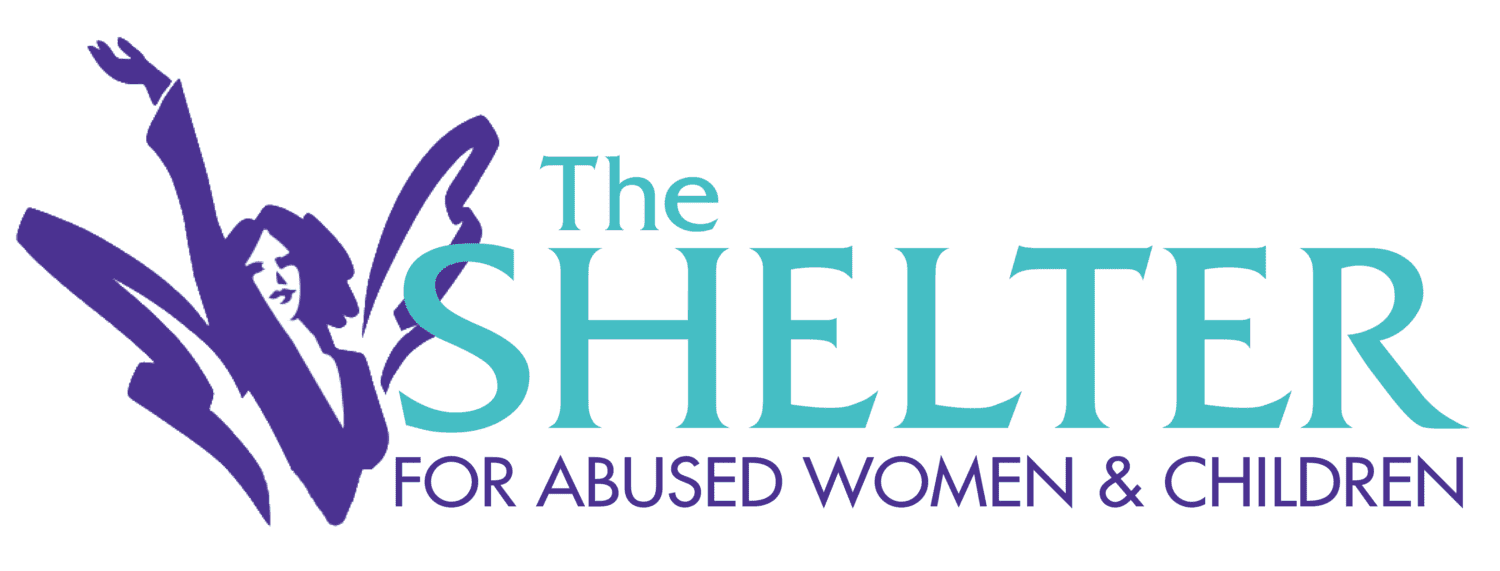Medical Responder Program
Victims of domestic violence regularly present at hospital emergency rooms and one in four of these women are domestic violence survivors. Additionally, in the United States domestic violence is the leading cause of injury to women between the ages of 15 and 44. Hospitals routinely screen for domestic violence, however it may be difficult and time consuming to assess patients for non-injury related visits.
In March, 2011, findings from a Perelman School of Medicine study pointed to missed opportunities to intervene and offer help to women who suffer violence at the hands of an intimate partner. Their findings revealed that women who reported domestic assaults to the police relied heavily on emergency rooms for medical care. Nearly 80 percent came to an emergency room at least once during the four years after their assault. Most of them sought emergency room care frequently – an average of seven times each. Despite policies requiring screening and intervention for domestic violence, only 28 percent of the patients studied were ever identified as victims of abuse. That’s likely because most visits (78 percent) were for medical complaints, not injuries associated with the violence. According to the CDC, in 2010, 129.8 million visited emergency rooms throughout the country with only 37.9 million being injury-related visits.
The Shelter and collaborating agencies have identified the need to provide services for survivors in accessible settings such as emergency rooms. Through collaborations with local hospitals, The Shelter’s Medical Responder program seeks to:
- Provide onsite safety planning and advocacy within sixty minutes of initial contact from hospital personnel
- Educate victims of domestic violence
- Link survivors to The Shelter’s programs and services
- Offer comfort and empathy for survivors while they are receiving medical services in an emergency room
- Facilitate communication between survivor and referenced agencies by providing information such as updated contact information, updated circumstances and any issues and concerns
- Train medical personnel on domestic violence response
- Ease barriers to service for survivors



